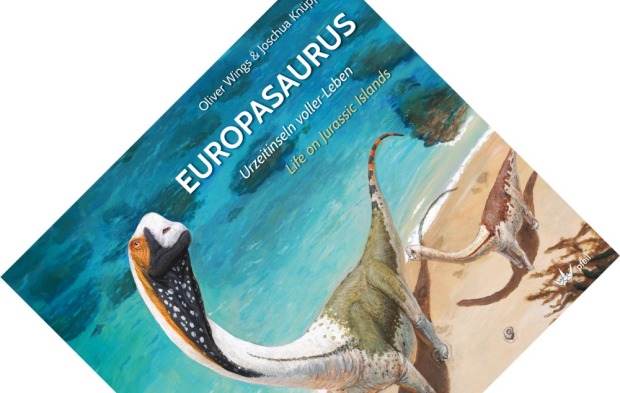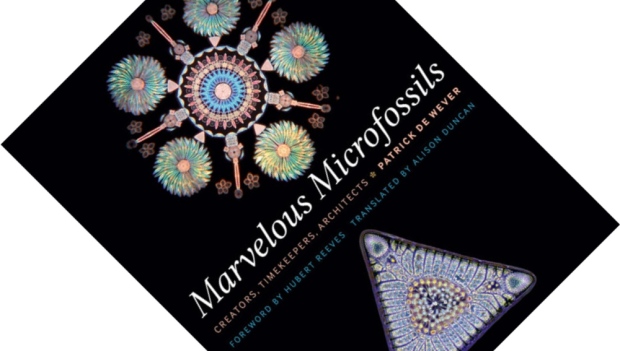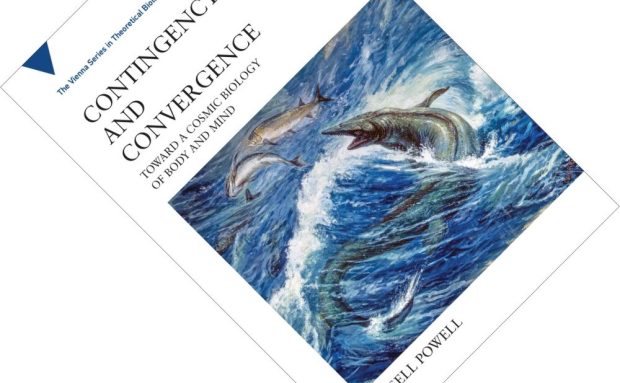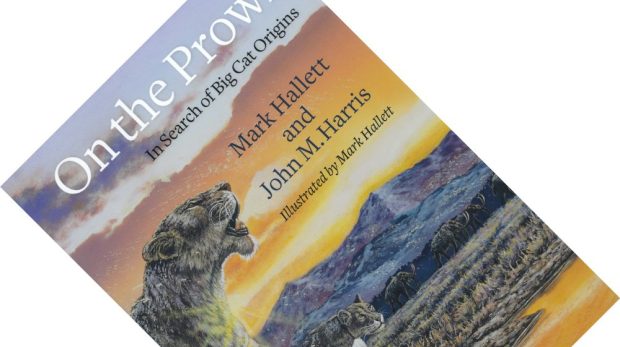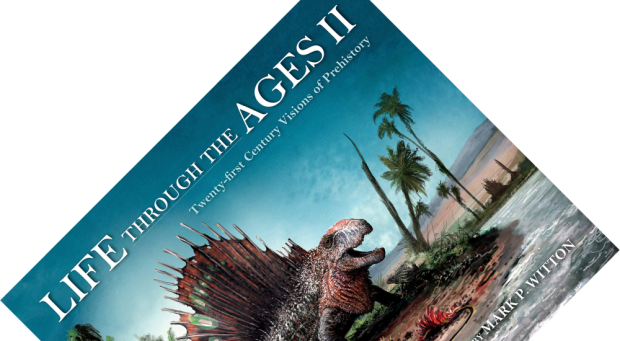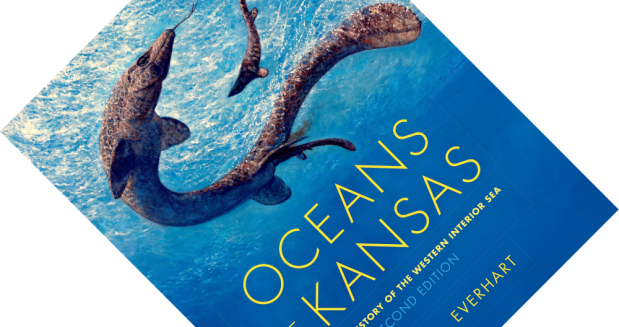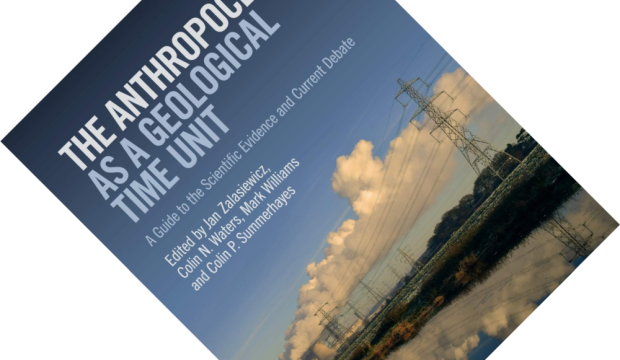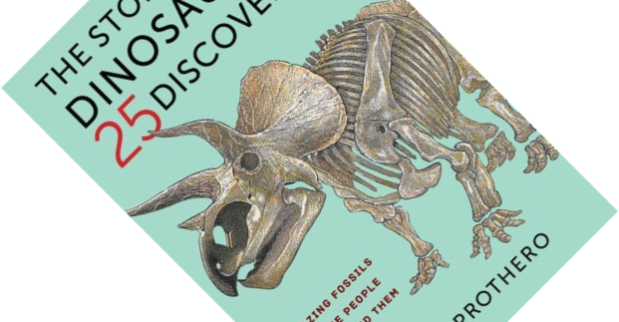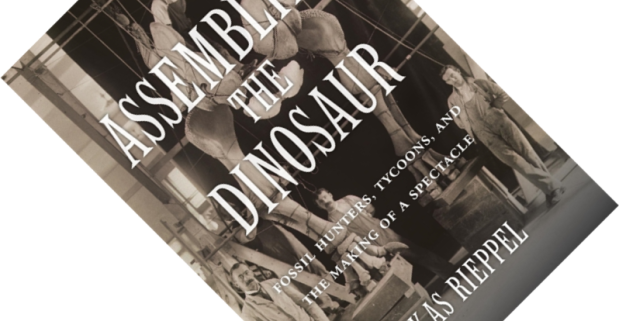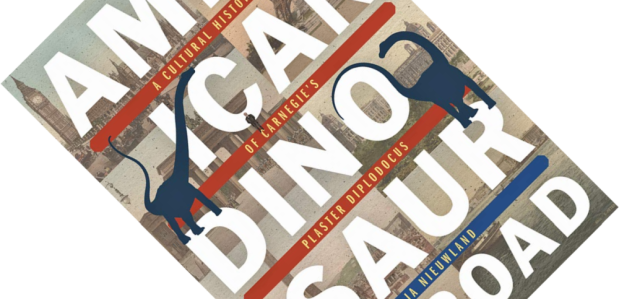6-minute read
One appropriate way to start this review would be with “once upon a time…”. Europasaurus uses the unusual medium of a graphic novel to tell the story of Europe’s very own dwarf sauropod dinosaur that roamed the continent some 154 million years ago. The brainchild of palaeontologist Oliver Wings and palaeoartist Joschua Knüppe, this beautifully illustrated bilingual book is the perfect gift for the younger dinosaur enthusiast. The realistic tone of the story and the addition of a more serious factual section at the end, however, make this book attractive for a mature audience as well.

